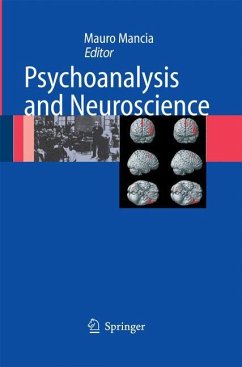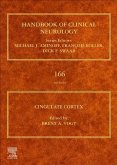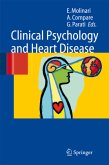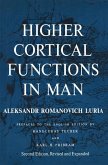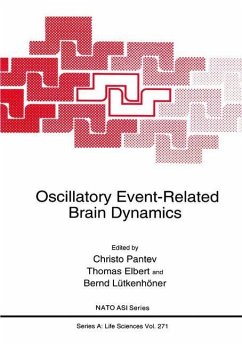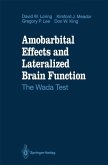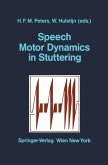The papers collected in this volume have the aim of integrating the contri- tions from two disciplines: psychoanalysis and neuroscience. Recent great developments in the latter offer the opportunity to build a bridge to psyc- analysis, providing an anatomo-functional basis for some of the functions in which the psychoanalytic theories of the mind are rooted. The functions which are specifically discussed from an interdisciplinary point of view are the following: emotions, memory, unconscious, perception, attention, wa- fulness,sleep,dreams,empathy,sharing affects,intentionality,embodied s- ulation, and aspects of infantile mental development. The book is divided into four sections. The first contains recent obser- tions relating to memory in its double function (implicit and explicit) and its relation to the unconscious. This section also discusses the relationship between emotions, memory, and cognitive functions of the mind. Particular attention is paid to the right hemisphere,considered the emotional brain par excellence.Papers on the brain's predictive capacities and its plasticity in re- tion to special functional states complete this first section. The second section is dedicated to neuropsychological findings from bioimaging investigations related to the human mind's ability to share e- tional and affective experiences. Here the role of mirror neurons in empathy, intentionality, and embodied simulation is discussed.
From the reviews:
"Psychoanalysis and Neuroscience ... aims to demonstrate what the contribution of the neurosciences to psychoanalysis promises and effects. ... it is relevant for psychiatrists, psychoanalysts, and neurologists. ... is an engrossing book. I recommend it for both its content and its insistence on a more interactive alliance between psychoanalysis and neuroscience ... . It is an important book for ... psychotherapists, and neuroscientists." (Ethel S. Person, JAMA, Vol. 297 (12), 2007)
"Psychoanalysis and Neuroscience ... aims to demonstrate what the contribution of the neurosciences to psychoanalysis promises and effects. ... it is relevant for psychiatrists, psychoanalysts, and neurologists. ... is an engrossing book. I recommend it for both its content and its insistence on a more interactive alliance between psychoanalysis and neuroscience ... . It is an important book for ... psychotherapists, and neuroscientists." (Ethel S. Person, JAMA, Vol. 297 (12), 2007)

